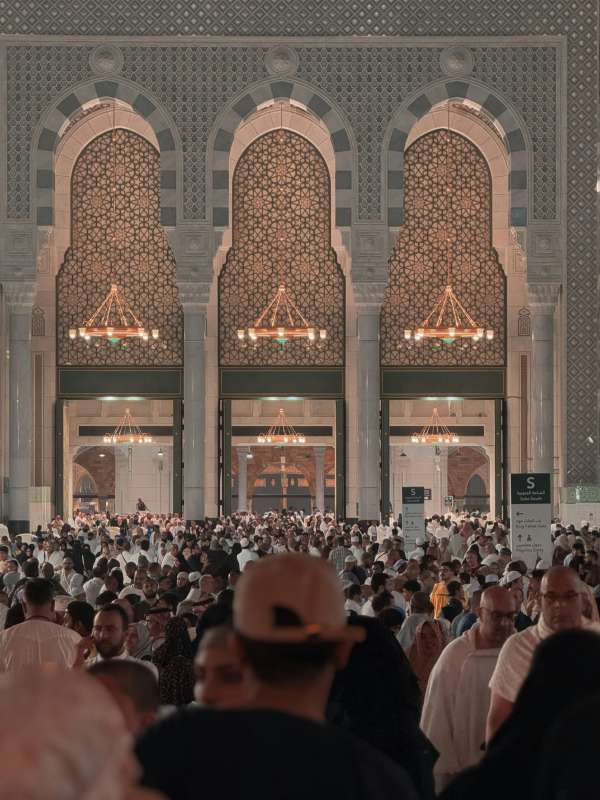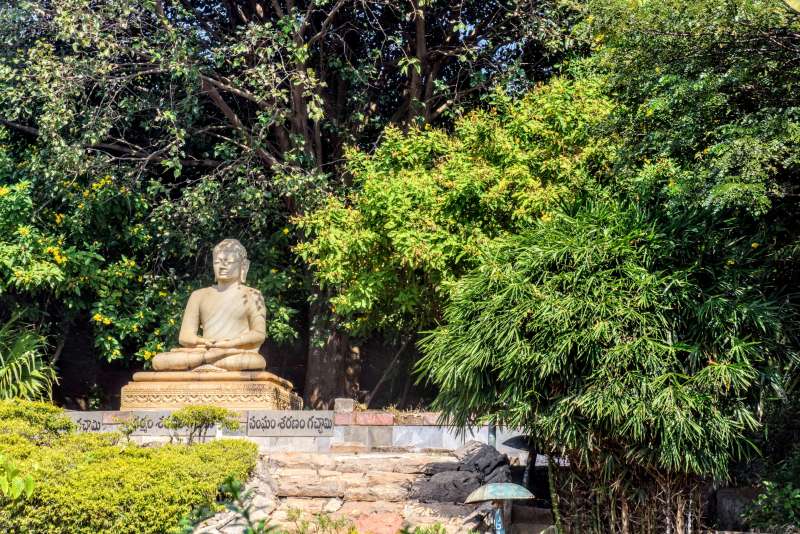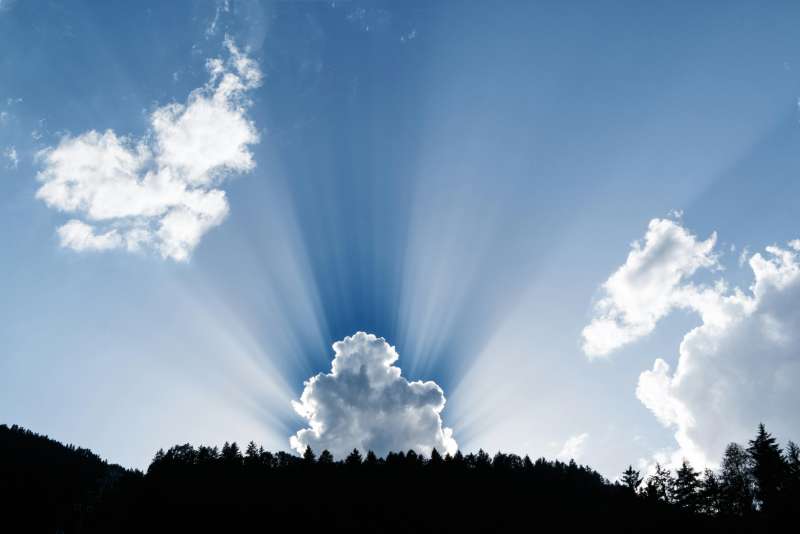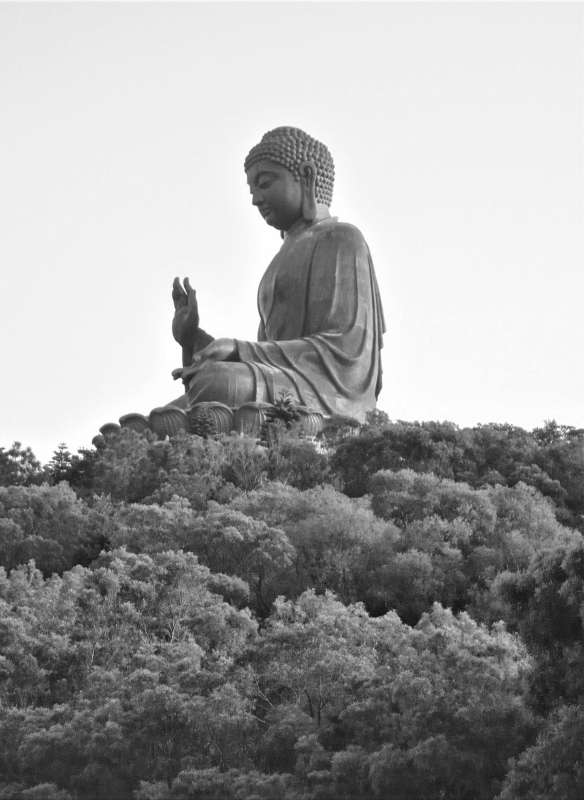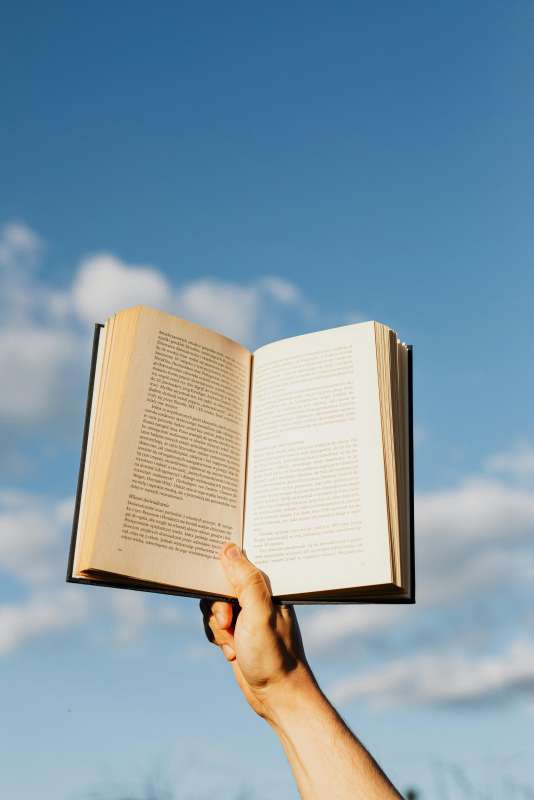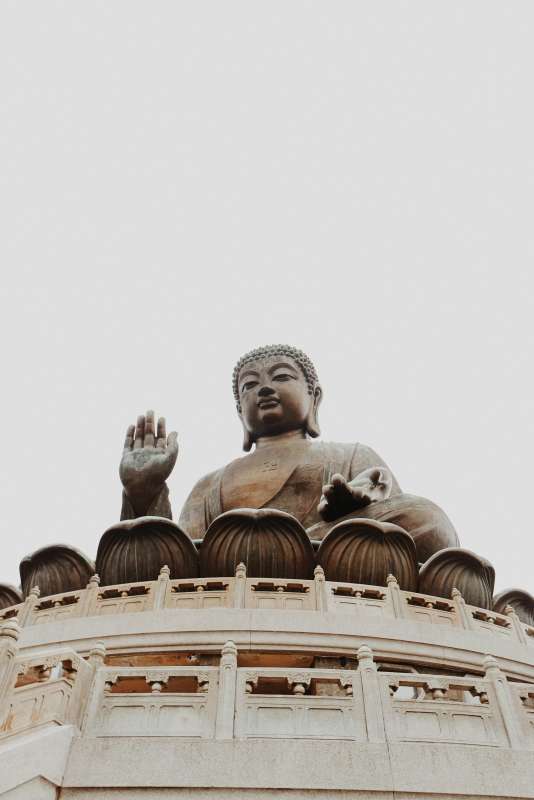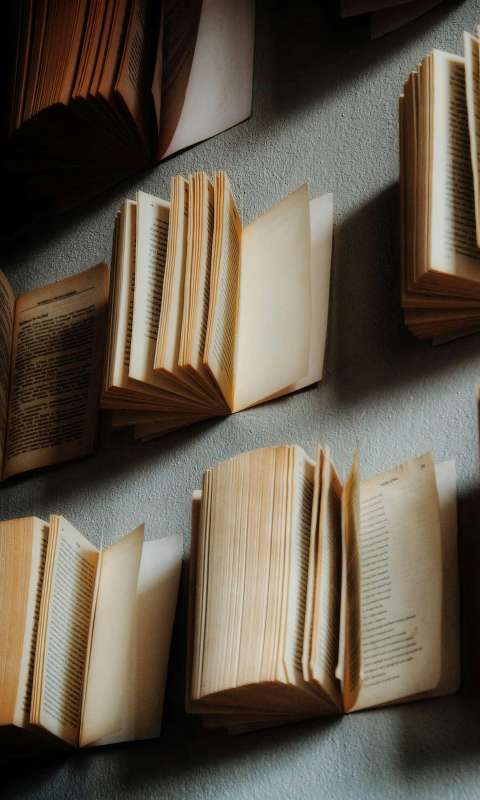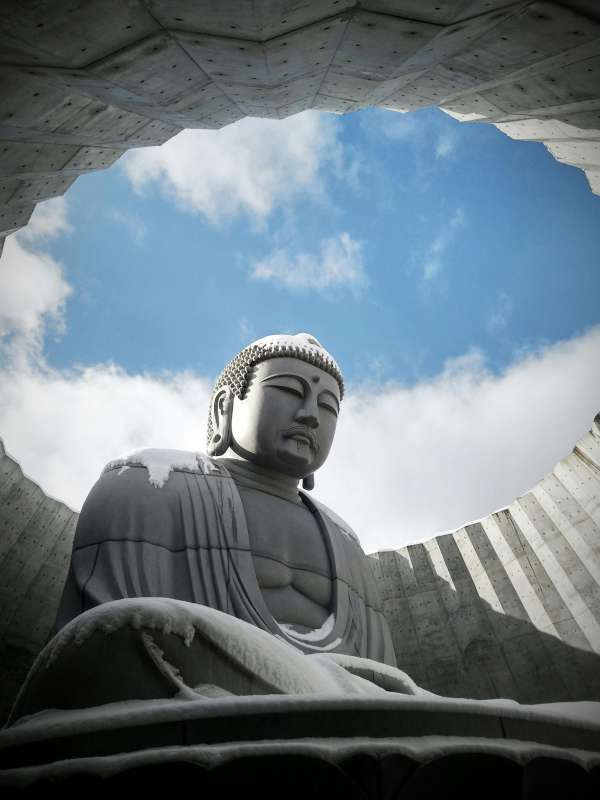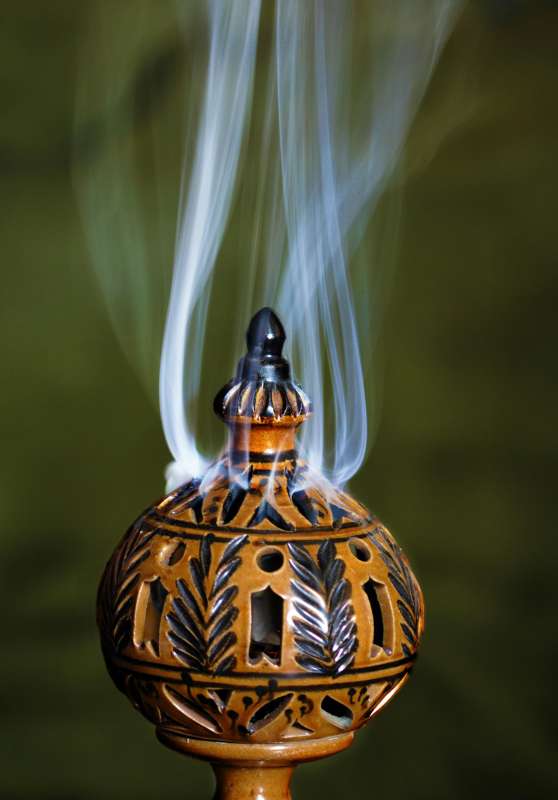Sacrifice and Faith: Eid al-Adha (Tabaski) Among the Fulani and Hausa Peoples
Published on: May 4, 2025
Eid al-Adha, known as Tabaski in West Africa, stands as one of the most significant religious events in the Muslim calendar. Commemorating the willingness of the Prophet Ibrahim (Abraham) to sacrifice his son in submission to God's command, Tabaski is celebrated with solemnity and joy across the Muslim world. Among the Fulani and Hausa peoples—two of the largest and most influential ethnic groups in West Africa—this festival wields a particular resonance, blending religious doctrine, deep-seated cultural customs, and the intricate economies of livestock rearing.
Tabaski's essence lies not only in ritual but also in the social practice of sacrifice—often a ram or, in especially prosperous homes, a larger animal like cattle or camel. This act merges faith with the everyday realities of West African pastoral life.
The Fulani and Hausa: Livelihoods Shaped by Cattle and Faith
The Fulani (also called Peul or Fulbe) are renowned across West Africa as semi-nomadic cattle herders. Their historical migrations have spread Islam and pastoralism across Sahelian and savannah regions from Senegal to Chad. The Hausa, predominantly settled agriculturalists and traders, nevertheless hold livestock rearing in high esteem, viewing cattle and sheep as signs of wealth, prestige, and piety.
- Population and Distribution: The Fulani population exceeds 40 million across several countries, with significant communities in Nigeria and Mali. The Hausa, numbering around 50 million, form the largest ethnic group in Nigeria and are also found in Niger and surrounding countries.
- Social Hierarchies and Religion: Both groups have intricate clan systems and, over centuries, have shaped Islamic orthodoxy in the region, with religious education and observance playing key roles in social organization.
- Livestock as a Cultural Asset: For both Fulani and Hausa, livestock is not just economic capital—it is a measure of one's standing, an insurance against crisis, and the symbolic lifeblood of their communities.
Ritual Preparation: Choosing and Rearing the Sacrificial Animal
For Tabaski, preparation begins months—even a year—in advance. Among pastoral Fulani, it is common to select a lamb or ram soon after birth, earmarking it as the prospective sacrificial animal. This animal is given special care: it is well-fed, sometimes decorated, and even spared from strenuous labor to ensure its physical perfection.
- Careful Selection: According to Islamic law, the animal must be healthy, free from defects, at least a year old (for sheep), and raised in ethical conditions. Among the Fulani, pride is taken in selecting animals that display the best of their breed—long horns, shining coats, and robust health.
- Acquisition Among the Hausa: In urban Hausa households, the selection process may be more commercial. Families save for months, sometimes joining community saving groups (adashe) to afford a worthy sacrifice. Wealthier households may purchase their animals from local markets days before the festival, with prices peaking and the market bustling with buyers, traders, and herders.
Alhaji Bello Garba, a Hausa farmer from Kano, Nigeria, describes the anticipation: "A good ram, fit for Tabaski, can cost as much as 150,000 naira (~$200), sometimes more. We start saving with friends right after the last Tabaski. When you see your ram on the morning of the festival, fat and strong, you feel joy—this is how we serve Allah and unite our families."
The Ritual of Sacrifice: Practices Rooted in Belief and Community
On the morning of Eid, after the congregational prayers, the head of the household or a designated butcher performs the sacrifice, reciting the Shahada and invocations. The act is a profoundly spiritual one, believed to symbolize devotion and submission to God, as well as a renewal of Abrahamic legacy.
- Community Participation: In rural settings, sacrifice is often a public, communal event, attended by neighbors and extended family. Among the Fulani, elders may perform the sacrifice, followed by the distribution and preparation of the meat, with songs and prayers marking the occasion.
- Cultural Adaptations: Some communities infuse the event with local songs, colorful attire, and displays of horsemanship—a nod to the Fulani’s reputation for skilled riding and the Hausa’s regal cultural expressions.
Sharing and Distribution: The Social Economy of Tabaski Meat
Central to Tabaski is the prescribed sharing of the sacrificial meat: one-third for the family, one-third for relatives and neighbors, and one-third for the poor and vulnerable. This practice reinforces notions of social responsibility, charity (sadaqah), and communal interdependence.
- Feast Preparation: In Fulani clans, female elders lead the preparation of traditional dishes—yassa, kilishi, and various grilled meats served with millet or rice. The process can involve dozens of family members and neighbors, with tasks divided according to age and status.
- Gift Economy: Among the Hausa, the distribution of meat often follows a complex web of social obligations, with pieces sent to maternal relatives, in-laws, and religious leaders. Reciprocal gifts, such as kola nuts or cloth, are sometimes exchanged, creating a festive cycle of generosity.
- Narrative of Solidarity: Amina Diallo, a Fulani woman from central Mali, remembers the joy: "Growing up, my father would slaughter two sheep—one for our family, one in memory of his parents. We would visit neighbors, gifting meat and blessings. No one is left out on Tabaski, even if you are poor."
Economic Implications: Livestock Markets and Household Dynamics
The economic impact of Eid al-Adha is immense, especially in pastoral regions. Across Nigeria and Mali, the festival season fuels spikes in livestock demand, propelling entire regional economies.
| Country | Estimated Animals Sacrificed (2024) | Economic Value (USD) |
|---|---|---|
| Nigeria | ~7 million | Over $300 million |
| Mali | ~2.5 million | $100 million |
- Pre-Festival Markets: Temporary livestock markets flourish as traders transport cattle, sheep, and goats from rural grazing areas to urban centers. Herders negotiate fiercely with buyers, conscious of fluctuating market prices, drought shocks, and security risks such as banditry and cattle rustling.
- Household Budgets and Social Pressure: The pressure to sacrifice a worthy animal can strain household finances. Some families accrue debt or resort to informal loans. The social expectation to participate—even among the poor—can create tension, as non-participation may lead to embarrassment or social stigma.
An anonymous Fulani youth in Burkina Faso shared: "My family could barely afford a sheep last year, but my father insisted. It is better to make sacrifice as a true Muslim, even if it means selling what little we have."
Religious Interpretations and Tensions: Tradition Meets Modernity
Debates about the necessity, scale, and form of the sacrifice are ongoing among West African Muslims. Some religious leaders stress the importance of intention and capacity, reminding followers that Islam does not obligate the poor to go beyond their means (the sacrifice is sunnah muakkadah, not obligatory for the indigent). Nevertheless, stigma persists, powered by cultural expectations and displays of affluence.
- Progressive Scholars: Leading imams in Kano and Bamako have encouraged younger generations to focus on charity and humility rather than ostentatious display, especially as urbanization erodes communal structures and poverty rates remain high.
- An Evolving Practice: Among Hausa youth in cities, there is a growing tendency to donate money directly to the poor or to community food banks, reflecting changing economic realities and the rise of digital financial platforms.
Scholar Dr. Abdullahi Musa commented: "Tabaski’s heart is not the size of your ram but the sincerity of your giving. We must balance tradition with empathy for the poor. God does not want us to suffer in His name."
Roles of Women: From Preparers to Keepers of Tradition
While the ritual of slaughter is usually reserved for men or designated butchers, women play central roles in the life of Eid al-Adha. From household management to food preparation, their labor and expertise are the invisible scaffolds that support the festival.
- Leadership in the Kitchen: Women oversee elaborate preparations involving grilling, spicing, drying, and distributing meat. Dishes like suya, dambu nama, and grilled kidneys become symbols of communal bonding.
- Family Diplomacy: Women mediate the allocation of meat to various kin, ensuring that social bonds are maintained through equitable sharing. Their knowledge of family histories and rivalries is critical to avoiding disputes during the hectic festival days.
Mariama Sow, a Fulani elder, explains: "In Tabaski, a wise woman knows who to feed first and which cut of meat suits which relation. A mistake can spark months of quarrels!"
Animal Welfare and Ethical Concerns
Recent years have seen ethical debates about animal rearing and slaughter emerge, fueled by rising environmental consciousness. Pastoral communities like the Fulani have traditionally practiced rotational grazing and animal husbandry that preserve ecological balance. However, rapid urbanization and market demand have increased the risk of overgrazing, disease outbreaks, and poor market regulation.
- Education Campaigns: Religious leaders and NGOs run awareness campaigns on humane treatment of livestock, cleanliness during slaughter, and avoidance of unnecessary suffering. Islamic guidance on humane sacrifice is increasingly emphasized—the animal must be well-rested and slaughtered swiftly and without cruelty.
Challenges: Insecurity, Drought, and Social Change
Tabaski in the 21st century unfolds against a backdrop of insecurity and environmental strain. Climate change and recurrent drought gravely impact pastoralists, reducing the availability of grazing and putting pressure on herds. Banditry and conflict, particularly in northwest Nigeria and central Mali, threaten traditional migration routes and put herders at extreme risk.
- Livelihood Disruption: The cost of animals can multiply during crises, leading some families to forgo the sacrifice or substitute smaller animals. Some Fulani have migrated to urban peripheries or even crossed borders in search of safety and pasture, altering centuries-old patterns of celebration.
- Shifting Identities: Younger Fulani and Hausa, especially in cities, may experience the festival differently from their ancestors. For them, Tabaski is becoming a marker of urban Muslim identity, with social media sharing, online donations, and modern forms of festivity sometimes overtaking older conservative customs.
The Story of Ibrahim Konaré: A Tabaski Memory
In a small hamlet outside Mopti, Mali, sixty-year-old Ibrahim Konaré recalls a Tabaski from his youth:
"When I was a boy, our family would spend days preparing for Tabaski. I remember walking with my father into the bush to select our ram—a strong brown one with curved horns that everyone admired. That day, all the children bathed before dawn and went to the mosque together, dressed in our best robes. After the prayers, my father gathered us around for the sacrifice. His hands did not shake. He recited the bismillah, and the ram fell quickly. There was silence, then everyone burst into prayer—my mother crying tears of gratitude. In the afternoon, I was sent to deliver meat to our neighbors and the poorest widows. My father reminded us, 'This is our wealth, but it belongs to everyone today.' Even now, as times change and markets sometimes run dry, I tell my grandchildren—Tabaski is not just about meat. It is faith, sacrifice, and our identity as Fulani and as Muslims."
Tabaski Today: Balancing Faith, Tradition, and Modernity
The festival endures as a living tradition, shaped by both unyielding faith and adaptive resilience. For the Fulani and Hausa, Tabaski is not a relic of the past but a dynamic institution: a moment for renewal, for reaffirming bonds of kin and community, and for expressing hope amidst hardship.
- Across the grazing plains and in bustling city neighborhoods, the echoes of drums, prayers, and laughter serve as reminders of unbroken continuity.
- Yet, in each home—from the most isolated Fulani tent to the crowded Hausa quarters in Zaria or Bamako—families negotiate the meanings of sacrifice, giving new form to an ancient pledge of faith and unity.
The test of Tabaski, then, is not only in the animal sacrificed but in the continual effort to share, to care, and to remember Allah’s mercy, no matter how the world changes.
